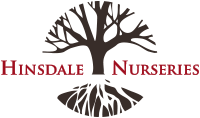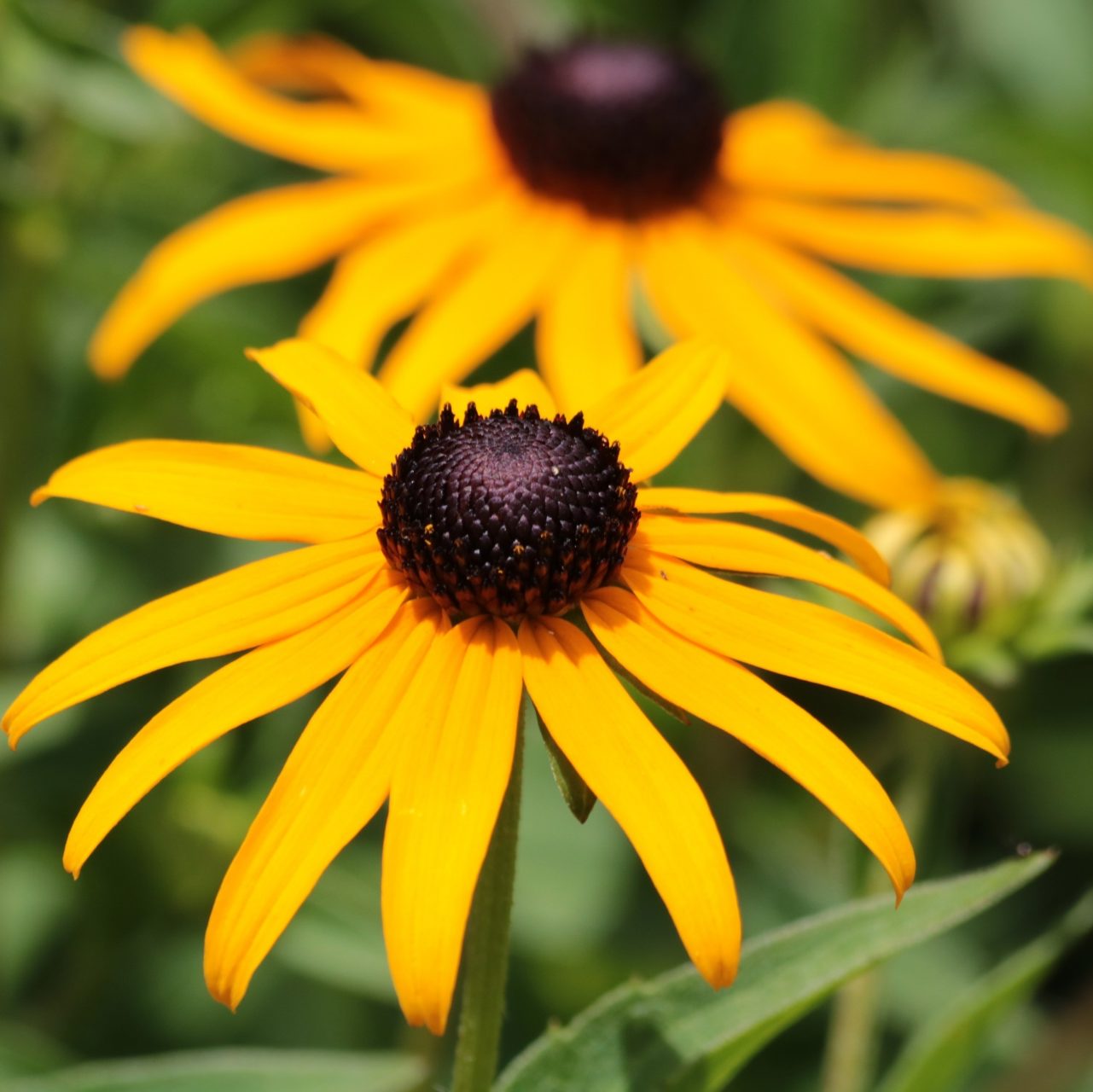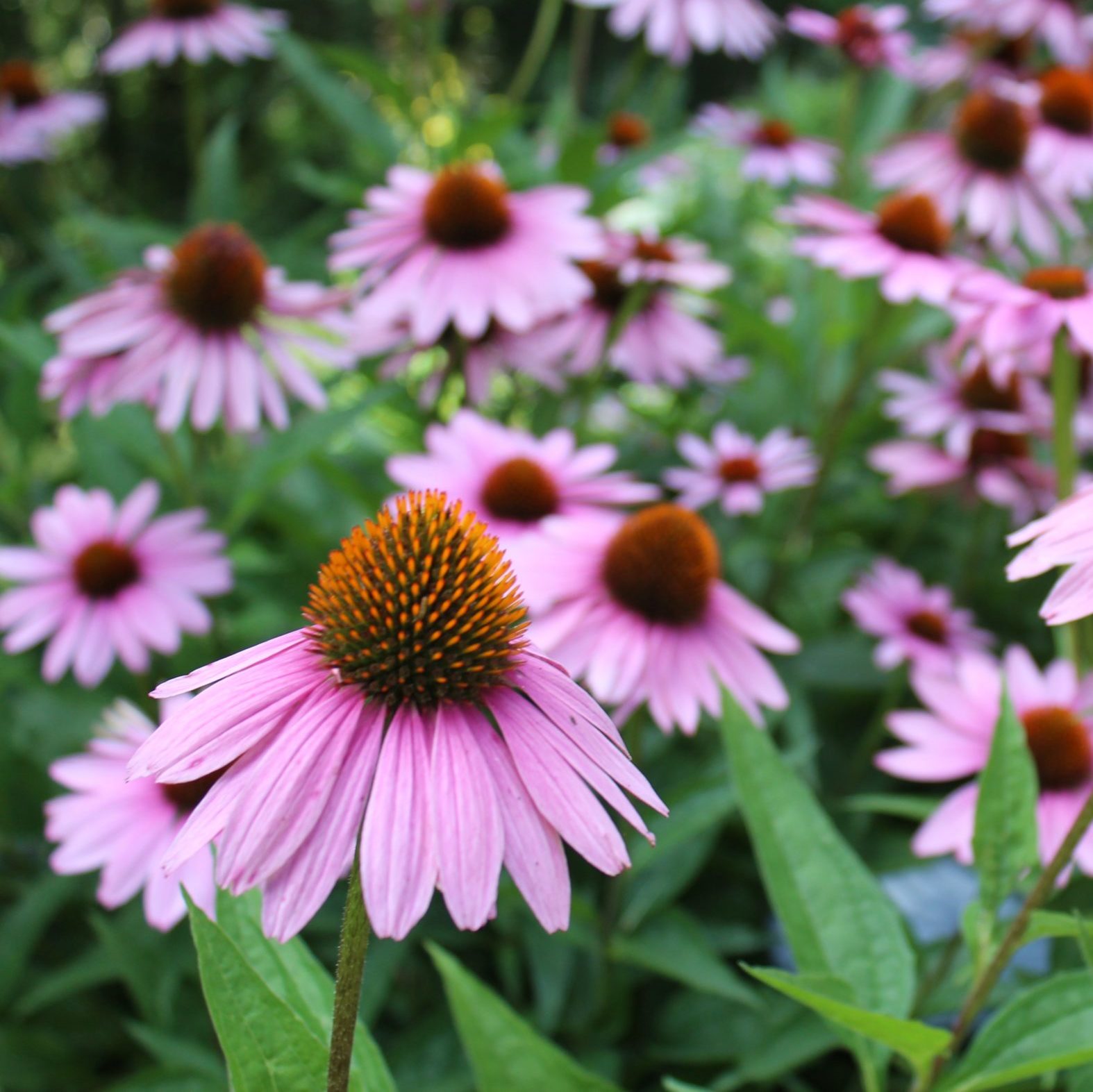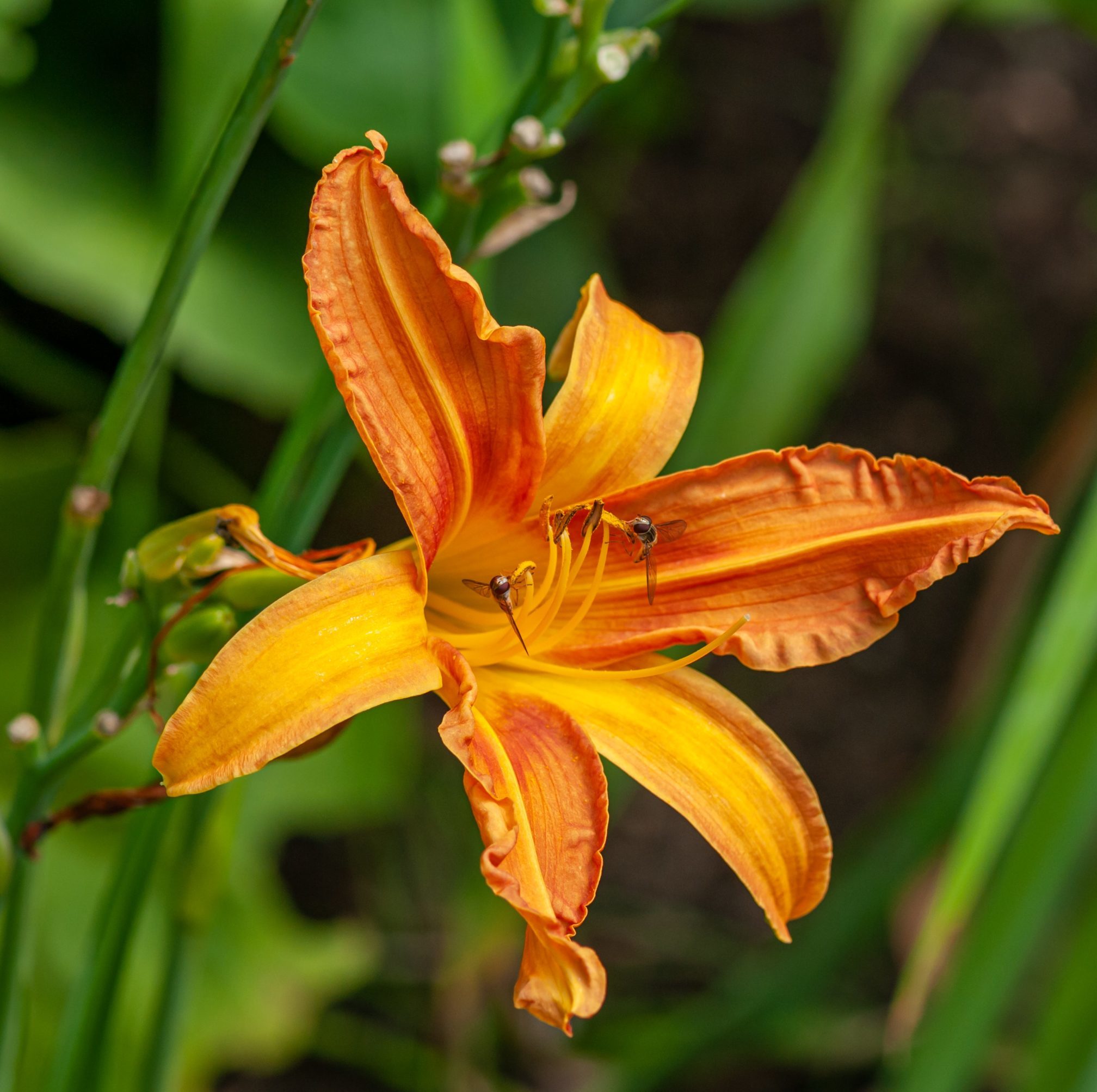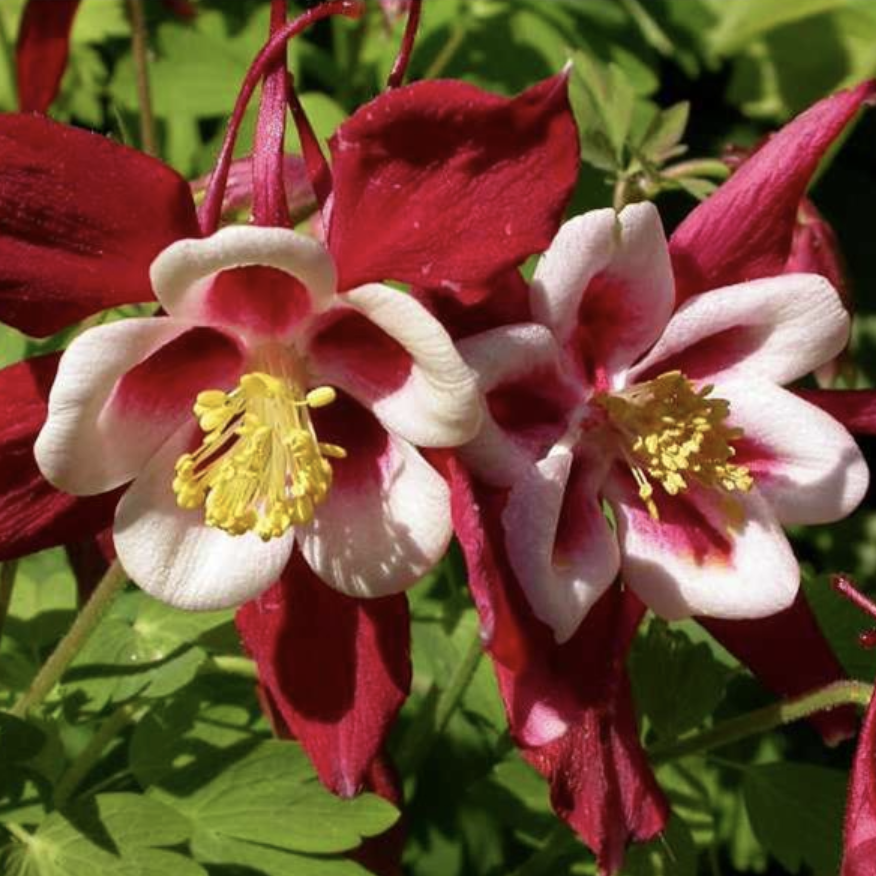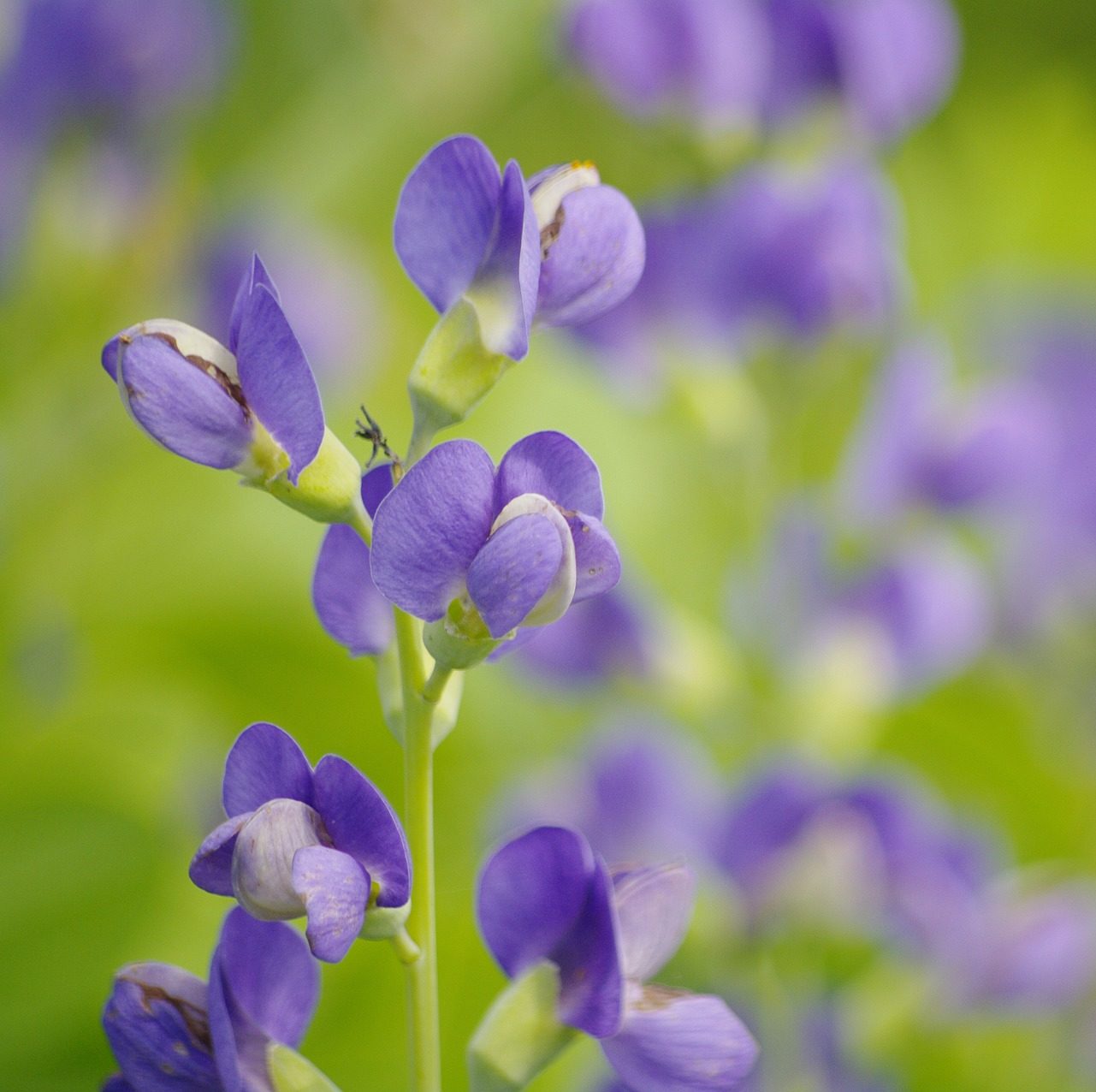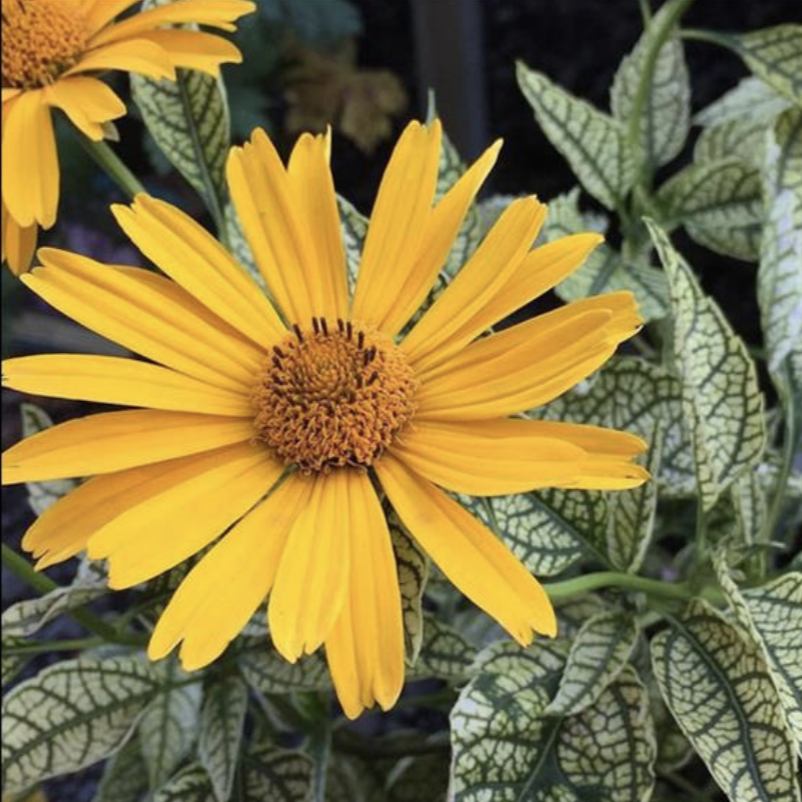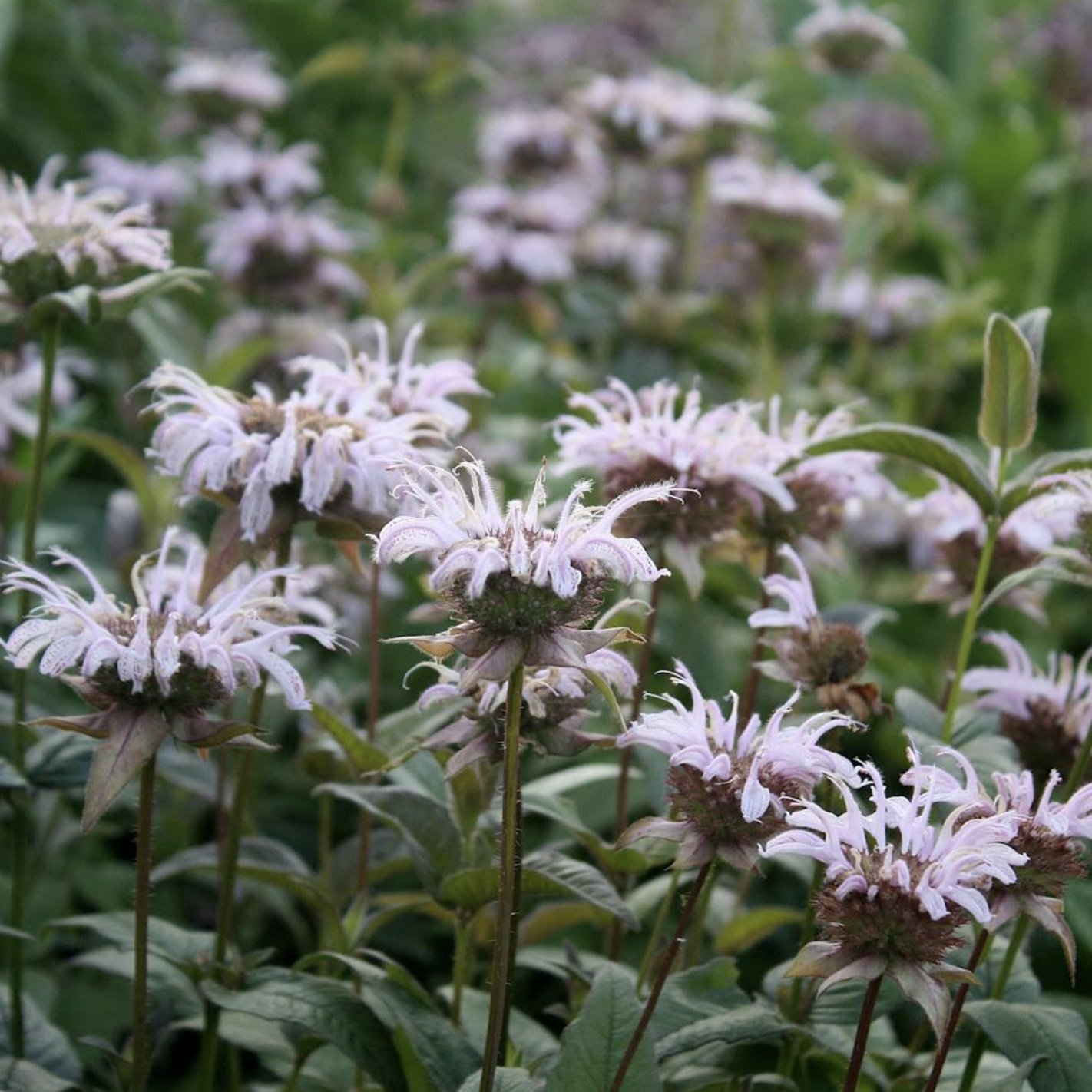
 Perhaps you’re a first-time gardener or maybe you’re just looking for a painless, eye-catching landscape. No matter the reason, we’re here to feed you the information you need for a low-maintenance perennial garden. Let’s start with the basics.
Perhaps you’re a first-time gardener or maybe you’re just looking for a painless, eye-catching landscape. No matter the reason, we’re here to feed you the information you need for a low-maintenance perennial garden. Let’s start with the basics.
What’s the difference between annuals and perennials?
Annuals complete their entire life cycle within 1 year. These types of plants need to be replanted every year. Perennials live for several seasons. Perennials usually require a minimum amount of maintenance after established.
When you’re ready to start your perennial garden, choose plants that are appropriate for the area you live. Hinsdale Nurseries makes that easy for you. Our farm in Plano, IL works continuously to provide our customers with locally grown plants suited to thrive in our area. By growing locally, we know what plants are best for landscapes throughout Chicagoland and can easily provide fresh materials at our retail location. Growing locally allows us to provide quality. We take what nature has given us and give it what it needs to be its best.
Perennials are tough little beauties, check them out below. With uncomplicated maintenance, long life spans, and great adaptability—they’re a plant type that gives and keeps giving.
You likely recognize this popular, native flower that delivers its happiness later in the season, usually from July to September. Their large seedheads provide winter interest and are a great food source for birds. The Black-Eyed Susan is low-maintenance once established. It’s an easy-to-grow perennial loved by pollinators that make a gorgeous addition to every garden. Our nursery carries many varieties of this butterfly-attracting plant.
Not only does the Coneflower offer a midsummer bloom, but it also attracts bees, butterflies, and hummingbirds. It is tolerant of drought, heat, humidity, and poor soils, but does require good drainage. Because it’s an icon of the prairie, it looks terrific planted in more naturalized settings. Our nursery carries many varieties of this native plant.
The Daylily is interesting because while it loves full sun, it can also tolerate partial shade. There is a wide variety of this plant in all sorts of hues like the Stella De Oro Daylily and Happy Returns Daylily. The Daylily likes sunshine and rich, moist, well-drained soils. Daylilies form large clumps and can be divided in spring or fall as needed. Check out our plant finder for more butterfly-attracting varieties.
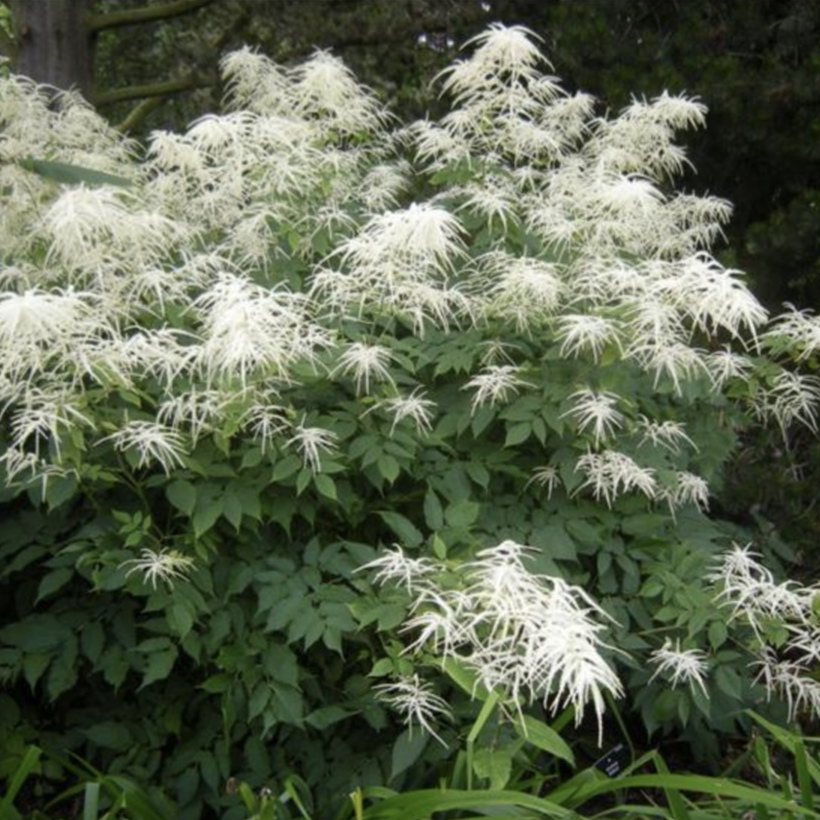 GOATSBEARD
GOATSBEARD
Fun fact—Goatbeard’s stems are so sturdy, it has survived tornadoes! This tough perennial may take 4-5 years to reach its potential size, but it’s worth the wait. It blooms in early summer and has been known to live 100 years or more in the same spot. Goatsbeard is a great plant for the moist, shady garden, woodland, or native garden, and the flowers are excellent for cutting.
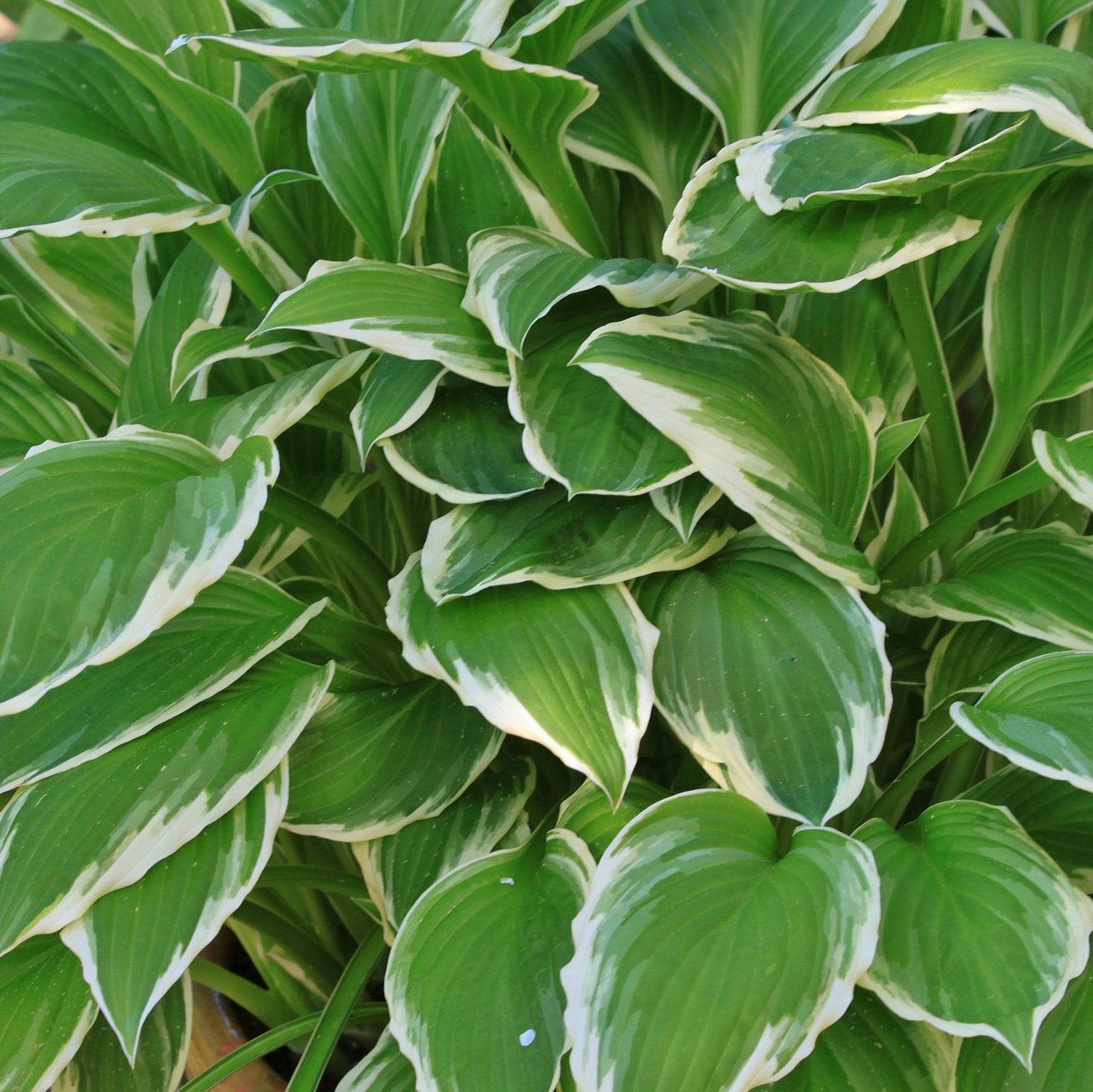 HOSTAS
HOSTAS
The Hosta is very popular, likely because it’s tough as nails. It comes in a variety of sizes and is grown for its attractive, large leaves. You can plant this shade lover in full to partial shade. Depending on the variety, you can look forward to dark green to chartreuse and blue foliage by early summer all the way until fall. Check out our nursery for more varieties and information.
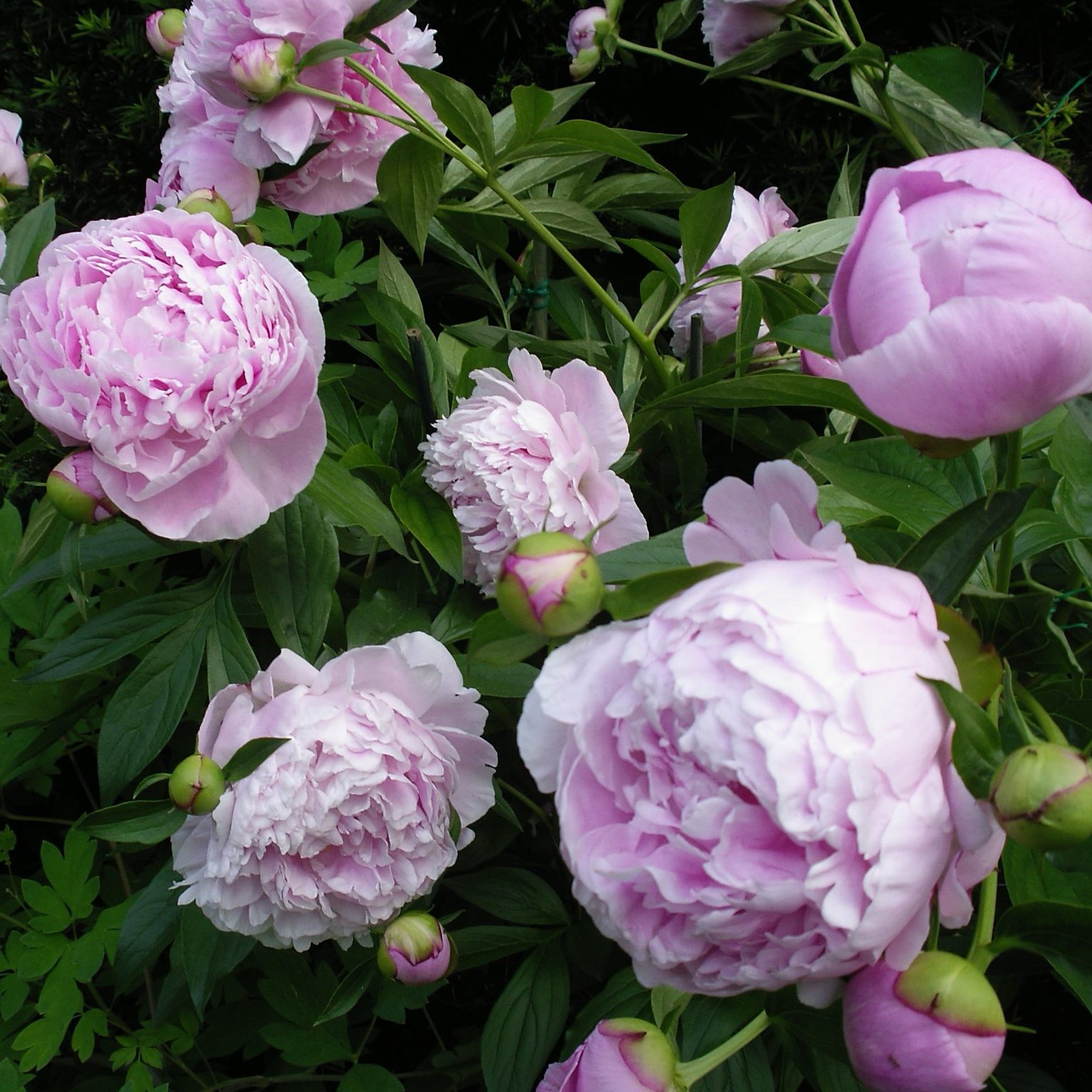 PEONY
PEONY
A Peony plant requires little maintenance as long as it’s planted properly and it establishes itself. The only thing to note is that it does not respond well to transplanting, so plan your planting site accordingly. Its stems are sturdy and hold the large flowers. Want to see more of this sun lover? Check out all the varieties and colors on our plant finder.
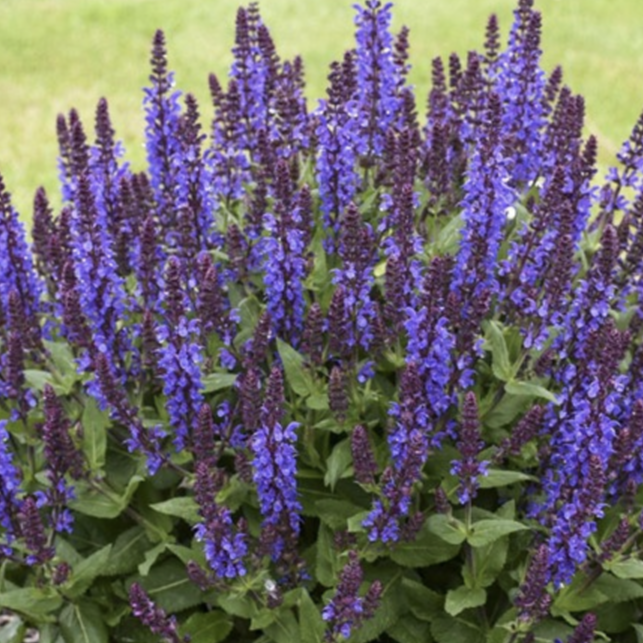 VIOLET RIOT SALVIA
VIOLET RIOT SALVIA
Looking for a long bloom time? Salvia is for you. Deep green foliage forms in the spring and is shortly after, ablaze with intense, violet-blue flower spikes. Pollinators will be drawn to this beauty, but deer and rabbits are not fans. The Salvia is drought tolerant once established but blooms better with moisture.
The Columbine often stops people in their tracks with its unique beauty. Its bell-like flower attracts hummingbirds. Like the peony, Columbine does not like to be disturbed. It’s best to preplan your planting site so it can stay happy in its home. Blooms last from spring into early summer. This also can be used as a cut flower.
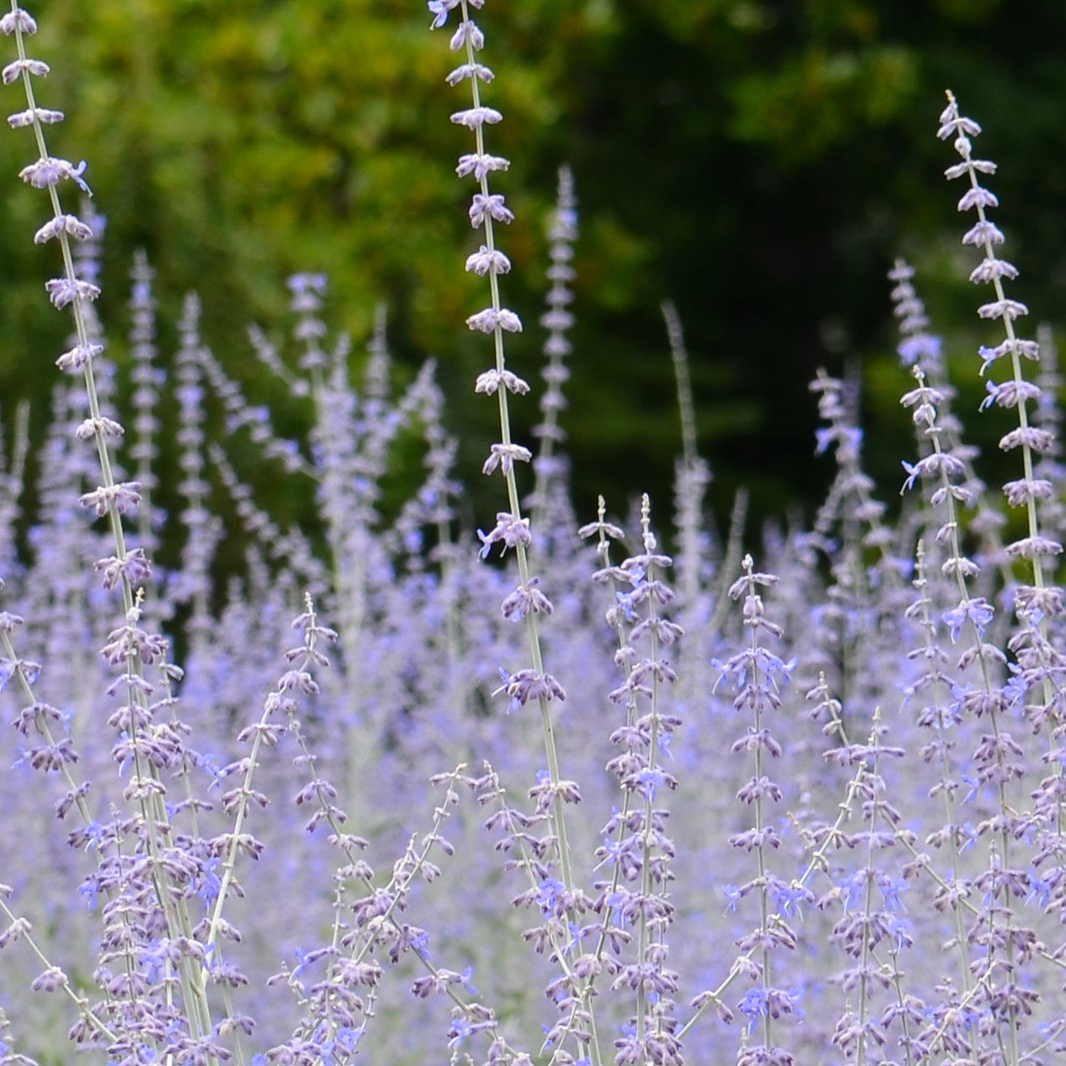 RUSSIAN SAGE
RUSSIAN SAGE
Meet Russian Sage, a highly aromatic plant that blooms from summer to fall. This sun lover attracts pollinators. Once established, it is drought-tolerant and low maintenance. With its long bloom time, it is a good compliment to grasses, rudbeckia, sedums, and echinacea. Russian Sage is a very good plant for sunny, hot, dry areas.
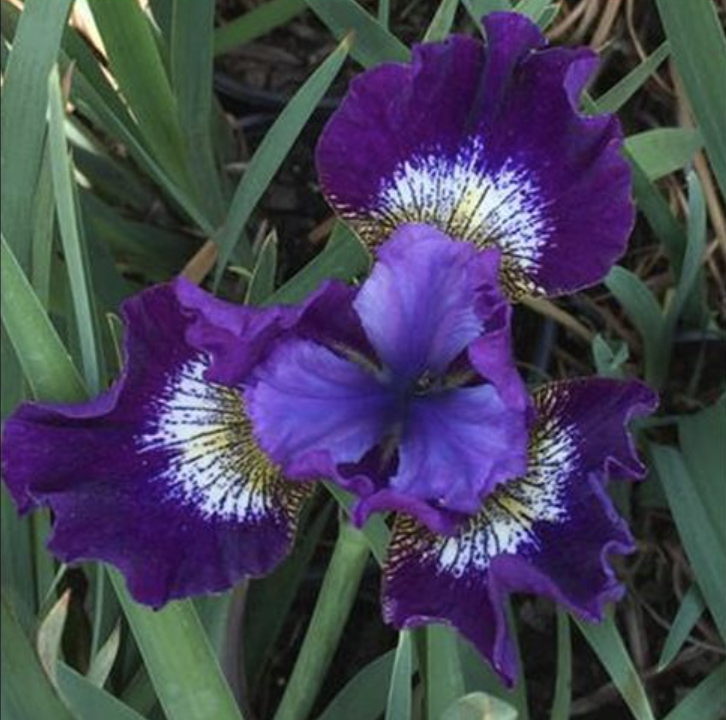
CONTRAST IN STYLE SIBERIAN IRIS
The Siberian Iris is carefree whether planted as specimens or grouped en masse. This lovely variety features lightly ruffled, deep violet falls with accents of white and yellow and standards of lavender. Leaf-blades stand erect, holding their form and color throughout the season. This plant is clump-forming and may naturalize in a sunny, moist environment.
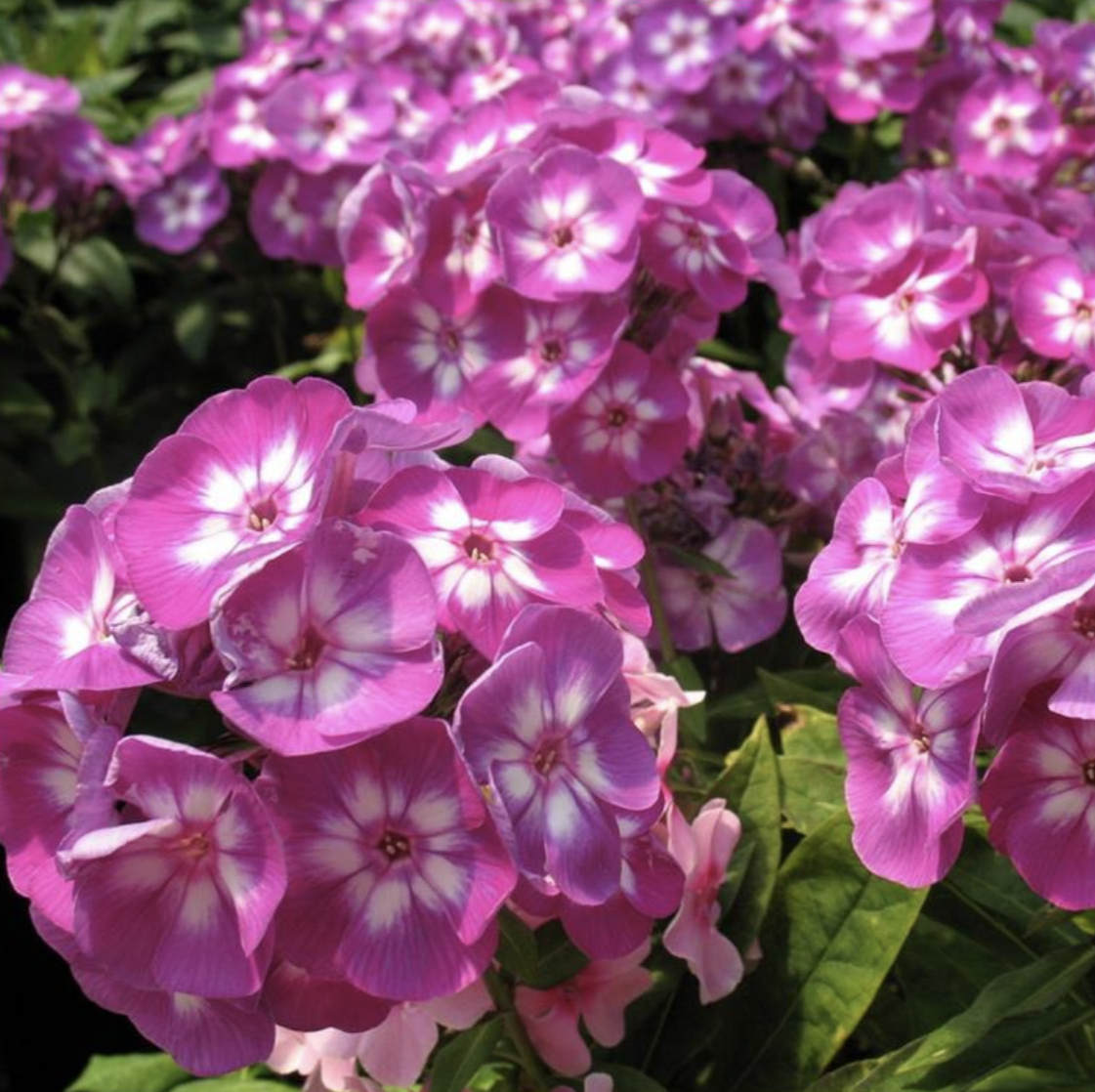 PHLOX
PHLOX
Phlox come in a variety of colors, you can see more of them here. This summer baby loves the sun and moderately moist, well-drained soil. While mostly a low-maintenance plant, a little deadheading will encourage re-bloom with more flowers. And more flowers = more butterflies and hummingbirds. The stiff upright stems seldom need staking.
One for the history books, Falso Indigo is one of the oldest perennials to exist. Most native Baptisia species are upright with dark violet-blue or lavender flowers. This carefree plant likes full sun but can handle a little bit of shade. The plant possesses a distinct vase-shaped habit in youth, with a wider head of foliage as it matures.
The Heliopsis or “false sunflower” provides a bright, end-of-summer burst of bloom. Two to three-inch-wide, single to double, daisy-like flowers, with deep orange/yellow center disks, seem to float atop stiff stems. These make excellent cut flowers. Plant in full sun in average soils and keep evenly moist for the best flowering.
Bee Balm creates an amazing summer show with full-sized flowers. This plant can handle a bit of shade but absolutely thrives in sunny locations. Some varieties are mildew-resistant and varieties like Pardon my Lavendar/Purple are loved by butterflies, hummingbirds, and other pollinators, but considered unappetizing by deer and rabbits.
With this list of easy perennials, you’re sure to enjoy several seasons of natural beauty.
Do you have a favorite perennial from the list? Or perhaps you have an easy perennial you’d like to see added to our list? Let us know!
Interested in more perennial tips? Check out our Plant Care Guide. Happy planting!
Connect with Us!
630-323-1411
7200 S. Madison St.
Willowbrook, IL
Blog: https://hinsdalenurseries.com/blog
Facebook: https://www.facebook.com/HinsdaleNursery
Pinterest: https://www.pinterest.com/hinsdalenursery/
Twitter: www.twitter.com/HinsdaleNursery
Instagram: www.instagram.com/Hinsdale_Nurseries/
YouTube: https://www.youtube.com/channel/UC5GUOu9abCvL9ZDNJBSunrA
Website: https://hinsdalenurseries.com/
